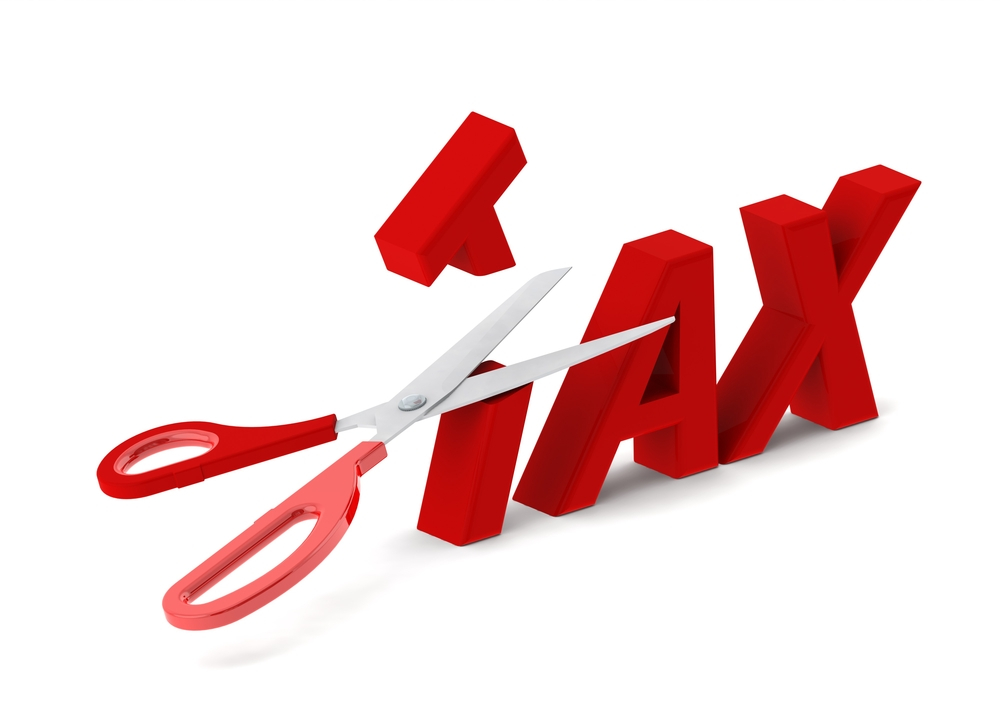
The chattering classes have offered many proposals to stabilize the housing market, from cutting interest rates to rewriting mortgage contracts to generously giving out government subsidies to lenders and borrowers alike.
But there is a much simpler, more elegant solution to lowering monthly costs for homeowners: cut property taxes. This solution will not distort the market with payouts to bad actors or violate the sanctity of contracts. And it would help stimulate the economy.
There is probably no place where property tax cuts are more urgently needed than in upstate and western New York — all the territory of the state outside New York City’s five boroughs and Long Island.
Today the once prosperous upstate economy is in tatters. It’s been in an economic decline for decades, giving much of it a Depression-era feel.
A quarter of Buffalo’s housing stock is vacant and its poverty rate is twice the nation’s. The city has lost half its population since 1950. Syracuse, Rochester and Albany have shrunk by a third. Between 2000 and 2007, the region as a whole lost 32,000 jobs. Meanwhile, neighboring Pennsylvania gained 84,000.
One reason for this is that the region has become property-tax hell. A look at the numbers tells the story. When every U.S. county is ranked according to its average property-tax bill as a percent of home values, nine of the worst 10 are in upstate New York.
All housing markets are local and local government policies can have an enormous impact on property values. Higher property tax rates, for example, inevitably send home values downward. Why? A $6,000 tax bill adds $500 to a monthly mortgage, and simultaneously reduces the amount a buyer would be willing or able to pay for a home. Cut the tax bill and you help struggling homeowners hold onto their houses. And lower taxes allow would-be buyers to spend more for homes.
High property taxes also discourage investment in new homes. Builders won’t build where property taxes drive buyers away.
The problem of heavy property taxes crushing fragile upstate economies has not gone unnoticed, just unsolved. A special Commission on Property Tax Relief, supported by Democrat Gov. David Paterson, recommended in August that local property tax increases be capped at 4% annually or 1.2 times the inflation rate — whichever is less.
That wouldn’t have cut taxes, but it would have moved New York toward a less oppressive tax system. And for a moment, it seemed that the idea might even take off when the state Senate passed a tax-cap bill earlier this year. But the state Assembly voted instead to raise marginal tax rates on incomes above $1 million and use the proceeds to pay for property tax relief for low-income homeowners. That standoff all but killed tax reform.
The force that shifted the legislature against tax reform was applied by public employee unions. Following the Senate vote, the New York State United Teachers (NYSUT) went to war. It suspended Senate endorsements for all who voted for the tax cap and threatened Assembly members with similar treatment. Along with other interest groups, NYSUT spent $1.85 million in anti-cap TV and radio ads.
NYSUT has long been a central actor in driving up property taxes by demanding ever greater spending on public schools. This school year, New Yorkers (even excluding the Big Apple) will spend $18,768 per pupil, more than any state in the union and 50% above the national average. Upstate school enrollments have fallen 15,900 since 2000. Nonetheless, over the same period NYSUT has secured 5,000 new teaching and 7,400 new nonteaching positions.
The good news is that tax incentives work quickly and powerfully. Today San Francisco and Boston, for example, are considered “superstar cities.” But it is often forgotten that both were, like upstate New York, in decline for much of the post-World War II era. San Francisco’s population fell 12% between 1950 and 1980, and in the early 1970s it had a higher proportion of families with incomes below the poverty level than Albany, Rochester and Syracuse. Boston’s 30% population decline between 1950 and 1980 was slightly below Buffalo’s 38% figure, but it lost more manufacturing jobs than Buffalo over that period and its 1970 poverty rate was higher.
Since the 1980 census, however, San Francisco’s population has surged 14% and its real, median household income is up 35%. Boston’s population grew 5% and its real income 26%. How did they turn things around?
Both were high-tax jurisdictions that benefited from statewide ballot initiatives that suddenly made them friendlier to capital. Voters capped property taxes in California at 1% of market value with Proposition 13 in 1978. That forced San Francisco to cut its rate by 57% overnight and brought forth a tidal wave of investment, even amidst a recession. By 1982, inflation-adjusted city revenues were two-thirds higher than they had been before Prop. 13. Massachusetts voters passed Prop 2 ½ in 1980, forcing Boston’s property tax rate down by an estimated 75% within two years. Massive reinvestment, repopulation and urban renewal followed.
In upstate New York, local officials facing declining tax receipts will feel enormous pressure to hike property taxes in order to maintain spending levels. But that would drive property values lower, choke off investment, and exacerbate the crisis.
As California and Massachusetts showed a generation ago, cutting property taxes would be a much better approach. It would make upstate and western New York attractive to capital while also helping homeowners keep up with their mortgage payments. Indeed, local and state officials nationwide can institute what would probably be the most effective possible housing stabilization policy. But unlike a bailout, this tax cut remedy would likely be popular with voters.
Author Steve H. Hanke and Stephen J.K. Walters

0 responses on "A Property Tax Cut Could Help Save Buffalo"